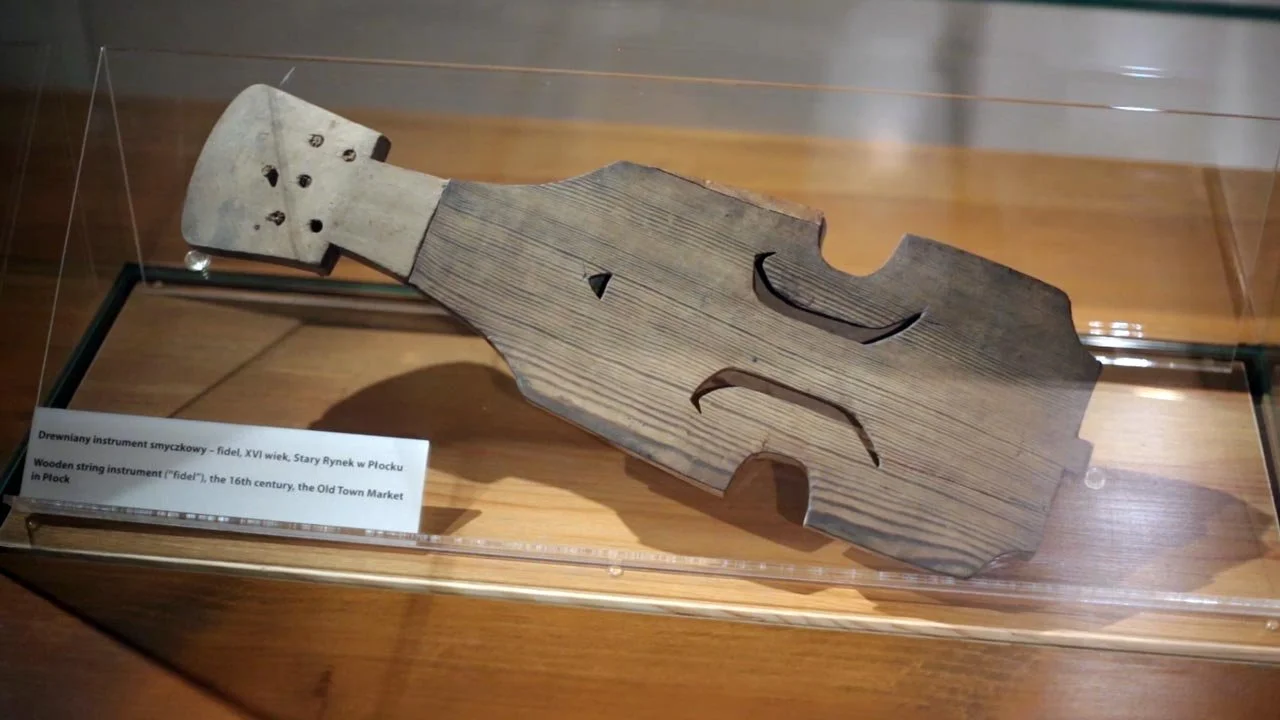Word of the week: Also simplified to klong put, this Vietnamese traditional xylophone, played by Bahnar people, comes with a difference – instead of its bamboo tubes being struck, they are not touched at all – resonant pitches are produced by hand-clapping
Read moreWord of the week: k'lông pút
The k'lông pút is not played by touch, but handclaps forcing air through each tube




















